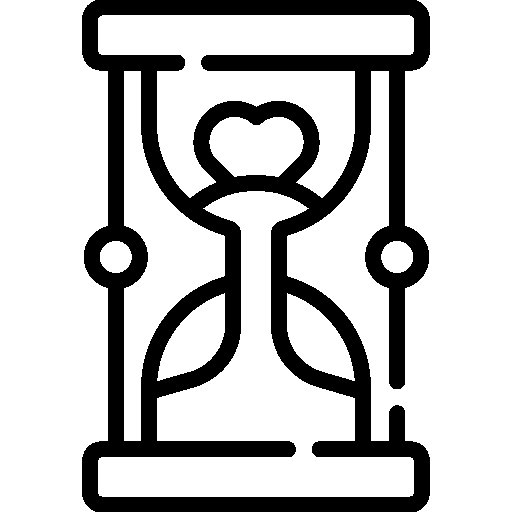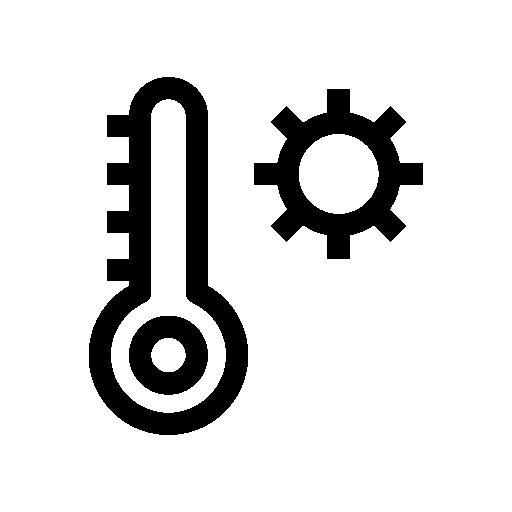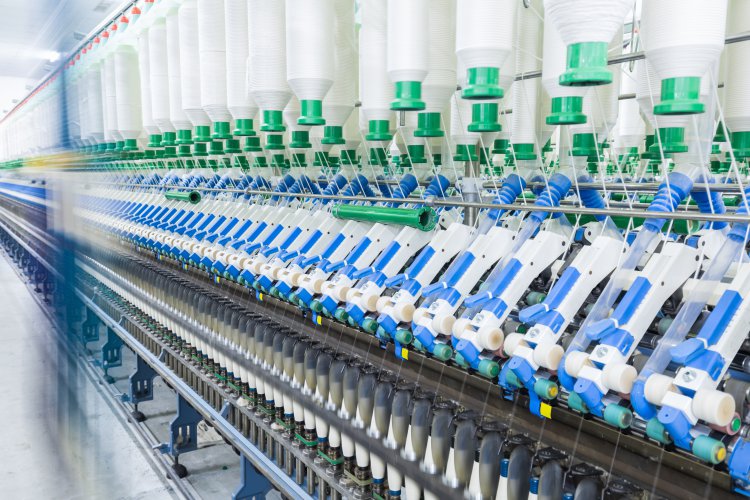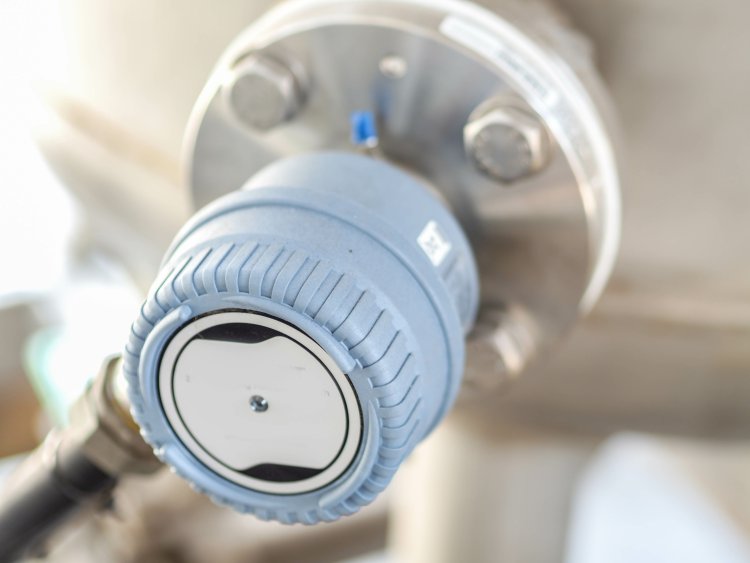Mechtex has earned a reputation as an AC synchronous motor supplier for delivering reliable and high-quality synchronous motors to diverse industries for the past 55 years. Our UL and CE-certified AC synchronous motors are known for their precise and constant speed capabilities, making them an ideal choice for applications that demand exact timing and synchronisation.
Mechtex Synchronous Motors are available in a wide range of configurations to meet various industrial requirements. We provide 12V Synchronous Motor, 24V Synchronous Motor, 48V Synchronous Motor 110V Synchronous Motor, 230V Synchronous Motor, and Single phase Synchronous Motor, with power ranging from 1W to 30W and torque ranging from 0.2 Ncm to 10.2 Ncm.Â
To complement our small synchronous motors, Mechtex offers a wide range of Spur Gearbox options. These gearboxes are designed for precision, durability, and adaptability to a variety of applications. We also provide extensive customisation options for gearboxes to meet your specific application needs, including custom shafts, mounting configurations, and IP ratings for OEM requirements.Â
Our motors have the following characteristics:
Our synchronous motors are widely used in applications like HVAC systems, medical devices, gastronomy, valves and actuators, industrial machinery, pumps, compressors, wind turbines, etc. Mechtex synchronous motors, combined with our advanced gearbox options, provide the reliability and precision needed for several industrial applications.

Simple Design that ensures Efficient, Reliable Performance of Motor

Ensures durability and continuous operation in demanding conditions

Designed with stall protection for safe operation under challenging conditions and varying loads.(over heating point)

High-temperature variants enables reliable performance in elevated heat environments




• MECHTEX does not sell OEM (Original Equipment Manufacturing) parts direct to consumers.
• If you are inquiring about non-Aftermarket parts, please contact your application/device manufacturer or local service dealer.
• Our technical team will contact you within 24 to 48 working hours, either by email or telephone. Thank you for your understanding in advance.
EL-108, Electronic Zone, Mahape TTC Industrial Estate, Navi Mumbai - 400709, Maharashtra India